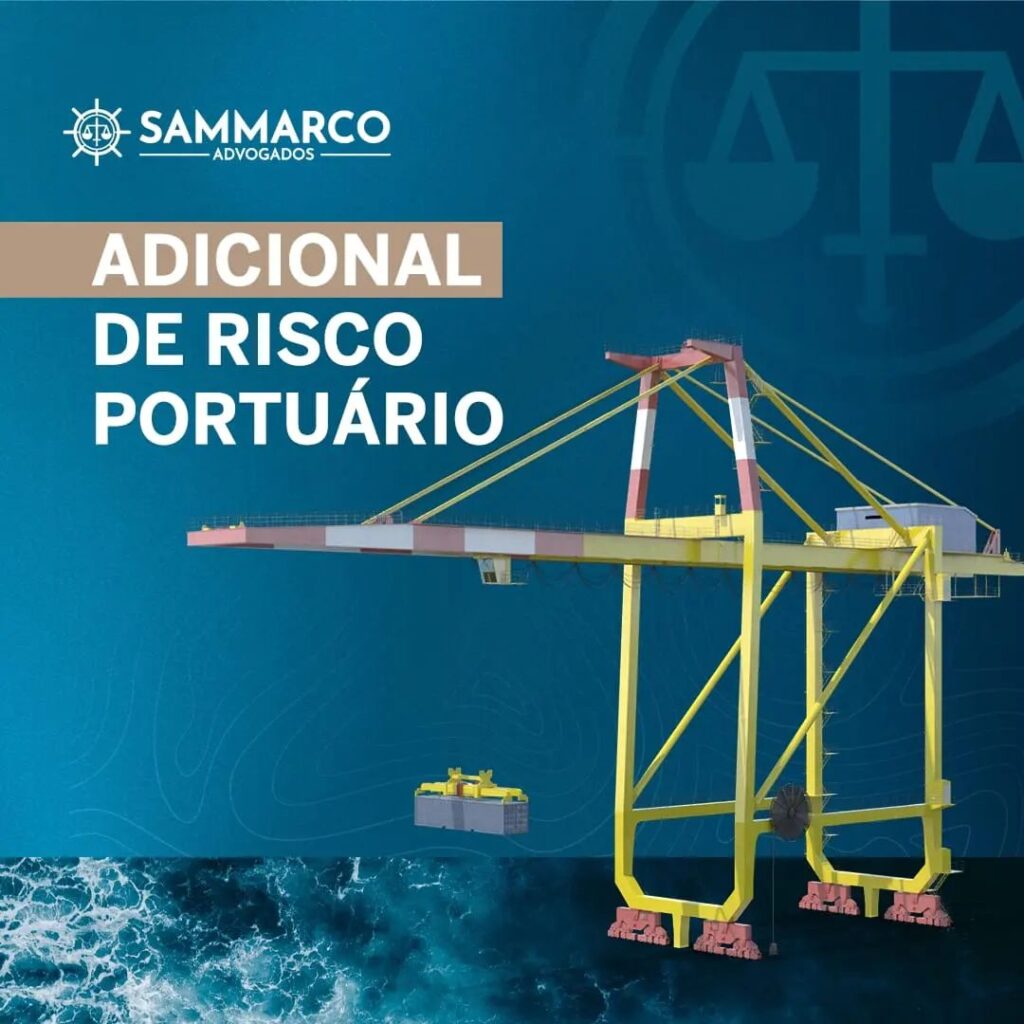Railway Work – TCU Opinion
Railway work is regulated in a special section of the CLT (Consolidation of Labor Laws) and has several peculiarities due to the specificity of the service.
One of the discussions in Labor Courts concerns the classification of locomotive engineers. This is because railway workers are divided into 04 categories, according to subparagraphs “a” to “d” of article 237 of the CLT.
The controversy regarding locomotive engineers concerns their classification in subparagraph “b” (traction personnel) or category “c” (crew in general).
Traction personnel refers to workers who are OUTSIDE the train and are responsible for ensuring that the composition is fully capable of hauling the load. Maintenance workers fall into this category, for example.
Crew, on the other hand, refers to the team that travels on board the train. In the case of freight transport, this refers to the locomotive engineer.
It is worth noting, in this sense, the existence of a glossary of railway terms published by the National Department of Transport Infrastructure (DNIT), where the concept of crew was defined as “on-board service personnel”, which corroborates the classification of the locomotive engineer in category “c”.
The Superior Labor Court, in issuing Ruling 446, which deals with the compatibility between articles 71 and 238 of the CLT, recognized that the locomotive engineer is a member of category “c”.
However, there is a different understanding, including in rulings issued by the TST (Superior Labor Court) after Ruling 446, that the locomotive engineer, when driving the locomotive, performs its traction, which would make it possible to classify them in subparagraph “b” of article 237 of the CLT.
This interpretation is incorrect, as it did not consider the actual activities performed by the locomotive engineer, nor the location, criteria of paramount importance for the correct classification.
In this regard, a ruling issued by the 1st Chamber of the TST is cited:
“The controversy in this case revolves around determining the classification of the plaintiff, a locomotive engineer, whether in the category provided for in subparagraph b of article 237 of the CLT (traction personnel) or in subparagraph c of article 237 of the CLT (crew in general). When dealing with intraday interval, this Superior Court was emphatic in classifying the locomotive engineer as crew in general (article 237, c, of the CLT), in line with the understanding crystallized in Ruling No. 446 of the TST. Therefore, the understanding that has been adopted by this Superior Court when analyzing the request for overtime hours, considering the locomotive engineer as part of the traction personnel category (article 237, b, of the CLT) uses different interpretive criteria of classification involving identical situations, which justifies a uniform reevaluation. In a teleological interpretation of the subdivision into categories made by the legislator in drafting the aforementioned article 237 of the CLT, it is concluded that the objective of this legal provision, in creating subparagraph c, would be to regulate the rights of employees who accompany the composition (read locomotives and wagons), a characteristic that differentiates them from other described activities and from which special working conditions arise that justify a regulatory order appropriate to them. Indeed, the distinguishing feature between the classifications under discussion is the location of the performance of work activities. While the aforementioned subparagraph b refers to train stations, crossings, workshops, and depots, where locomotive and wagon maneuvering can be included, subparagraph c refers to railway workers who accompany the compositions, both in freight trains and in those reserved for passenger transport. Based on this distinction, making a systemic analysis of the specific CLT rules for railway workers, the locomotive engineer, who operates locomotives between stations, is a member of category c of article 237 of the CLT and the special rules directed to members of this category apply to them. The CLT, in specifically regulating the working conditions of “train crews in general”, merely meets the inherent peculiarities of this category of workers, in which, it should be emphasized, the locomotive engineer must be included, as their working conditions are identical to all other employees who provide services on board trains during journeys. Therefore, the guideline stated in Ruling No. 446 of the TST, which classifies the locomotive engineer in category c, provided for in article 237 of the CLT, is considered correct.”
(TST – RR: 0002555-62.2013.5.03.0054, Reporter: Amaury Rodrigues Pinto Junior, Date of Judgment: 12/13/2023, 1st Chamber, Date of Publication: 12/18/2023)
Finally, it is emphasized that the correct classification of the locomotive engineer’s function is of utmost importance, as their working hours are different, citing as an example the provision of article 239 of the CLT, which provides for the possibility of extending the workday up to 12 hours daily without the need for provision in a collective agreement, which does not apply to traction personnel.








